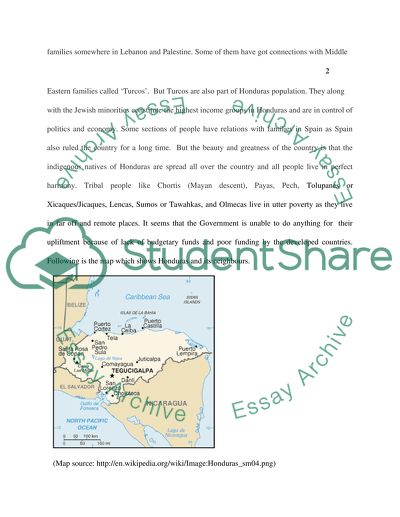Cite this document
(An In-Depth Analysis of a Honduras Essay Example | Topics and Well Written Essays - 3000 words, n.d.)
An In-Depth Analysis of a Honduras Essay Example | Topics and Well Written Essays - 3000 words. Retrieved from https://studentshare.org/history/1535196-an-in-depth-analysis-of-a-honduras
An In-Depth Analysis of a Honduras Essay Example | Topics and Well Written Essays - 3000 words. Retrieved from https://studentshare.org/history/1535196-an-in-depth-analysis-of-a-honduras
(An In-Depth Analysis of a Honduras Essay Example | Topics and Well Written Essays - 3000 Words)
An In-Depth Analysis of a Honduras Essay Example | Topics and Well Written Essays - 3000 Words. https://studentshare.org/history/1535196-an-in-depth-analysis-of-a-honduras.
An In-Depth Analysis of a Honduras Essay Example | Topics and Well Written Essays - 3000 Words. https://studentshare.org/history/1535196-an-in-depth-analysis-of-a-honduras.
“An In-Depth Analysis of a Honduras Essay Example | Topics and Well Written Essays - 3000 Words”, n.d. https://studentshare.org/history/1535196-an-in-depth-analysis-of-a-honduras.


